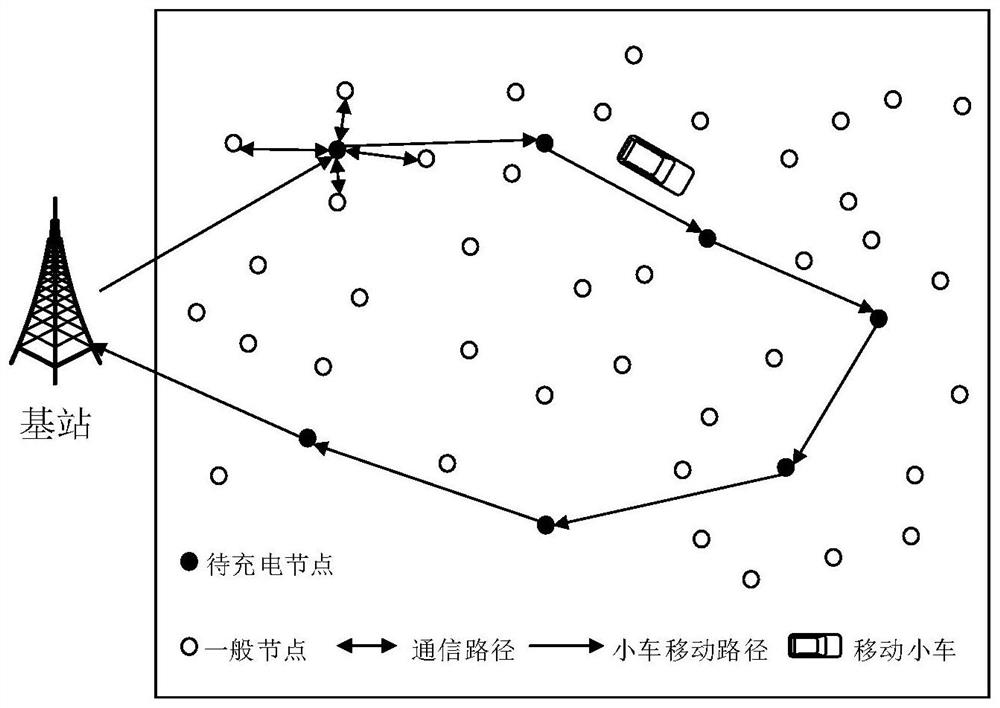Fault diagnosis method of wireless sensor based on convolutional neural network
A convolutional neural network and wireless sensor technology, applied in neural learning methods, biological neural network models, network topology, etc., can solve problems such as high requirements for neighbor nodes, error-prone fault diagnosis, and inability of nodes to communicate
- Summary
- Abstract
- Description
- Claims
- Application Information
AI Technical Summary
Problems solved by technology
Method used
Image
Examples
Embodiment Construction
[0028] Such as figure 1 Shown, the wireless sensor fault diagnosis method based on convolutional neural network of the present invention, it comprises the following steps:
[0029] 1) Construct a wireless sensor network system model, which consists of a base station, a mobile car and several rechargeable wireless sensor nodes statically arranged in the monitoring area;
[0030] 2) Construct a convolutional neural network at the base station. The structure of the convolutional neural network is a sequentially connected input layer, hidden layer, fully connected layer, and output layer, where the hidden layer consists of at least one set of sequentially connected convolutional layers and pooling layers;
[0031] 3) Use the mobile car to collect the sensing data of all nodes in the wireless sensor network and transmit it to the base station. The base station stores the sensing data of all nodes and converts it into a matrix and inputs it into the convolutional neural network;
...
PUM
 Login to View More
Login to View More Abstract
Description
Claims
Application Information
 Login to View More
Login to View More - R&D Engineer
- R&D Manager
- IP Professional
- Industry Leading Data Capabilities
- Powerful AI technology
- Patent DNA Extraction
Browse by: Latest US Patents, China's latest patents, Technical Efficacy Thesaurus, Application Domain, Technology Topic, Popular Technical Reports.
© 2024 PatSnap. All rights reserved.Legal|Privacy policy|Modern Slavery Act Transparency Statement|Sitemap|About US| Contact US: help@patsnap.com








